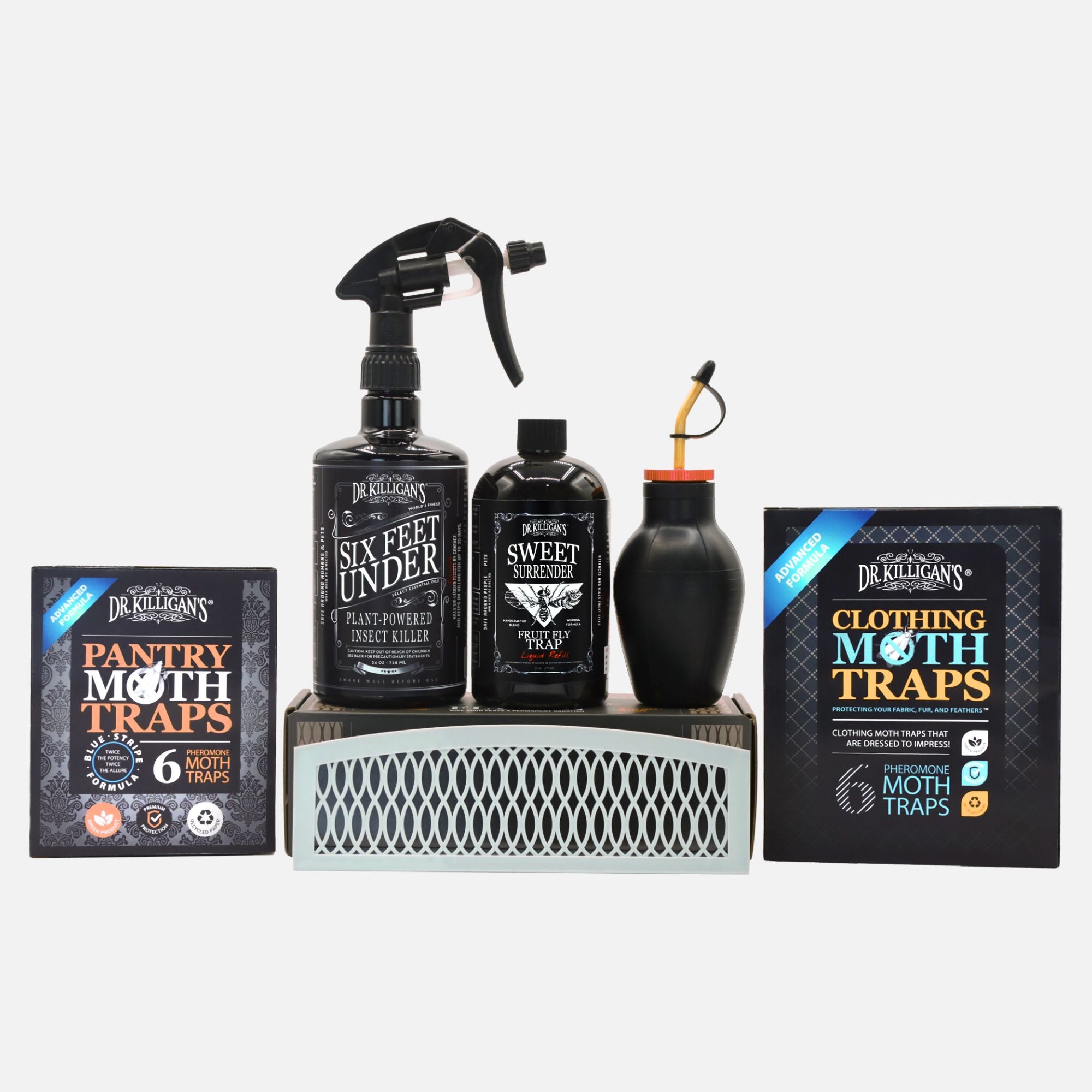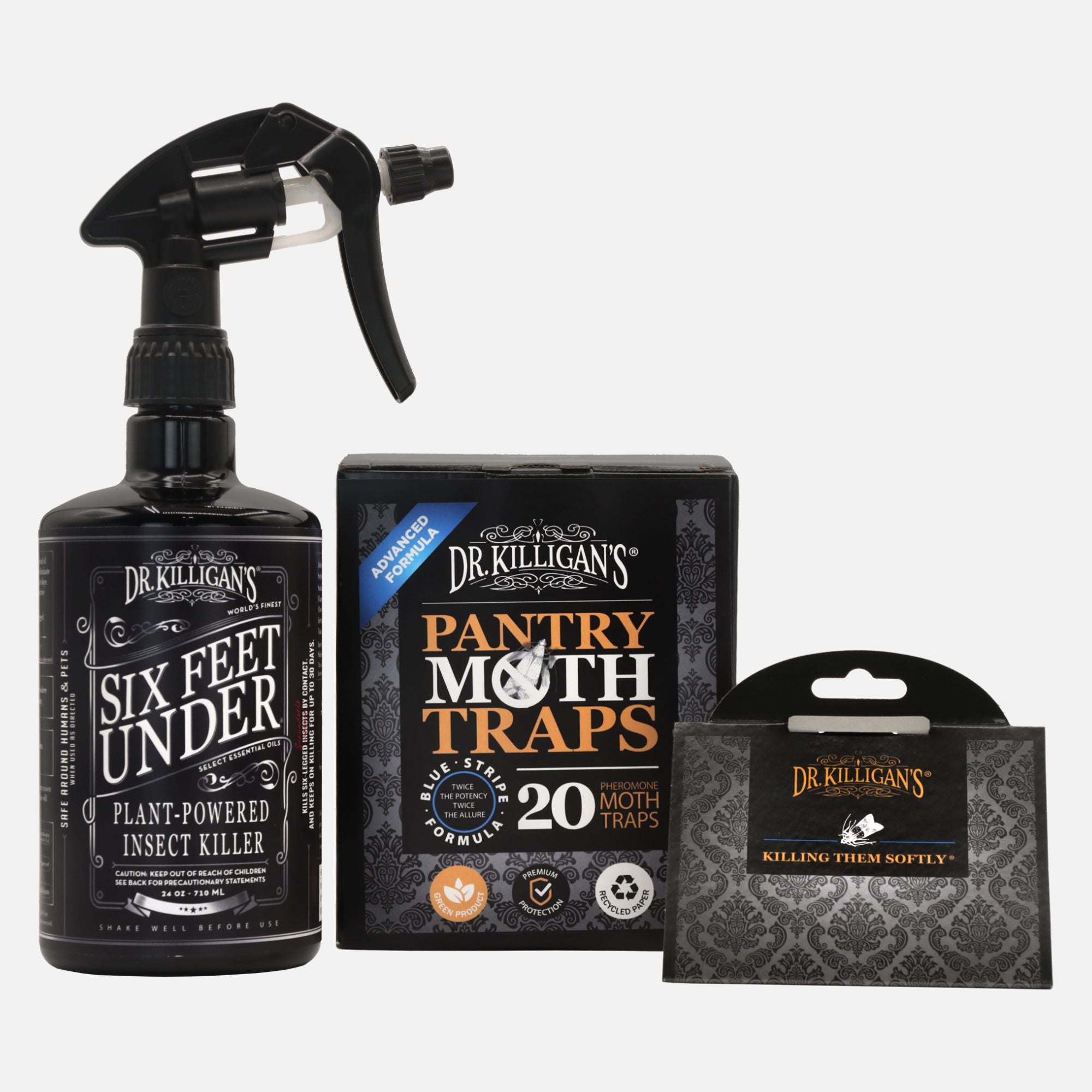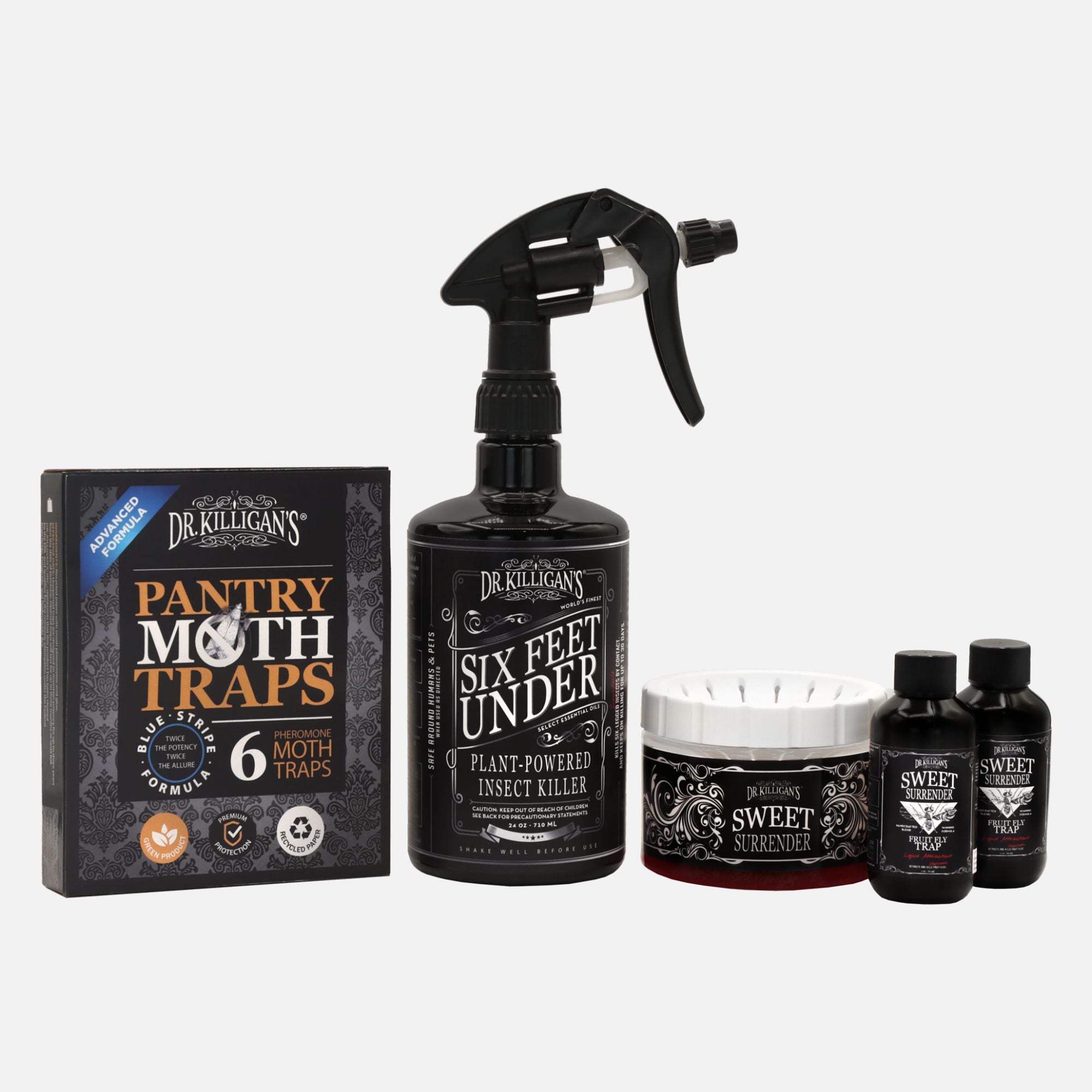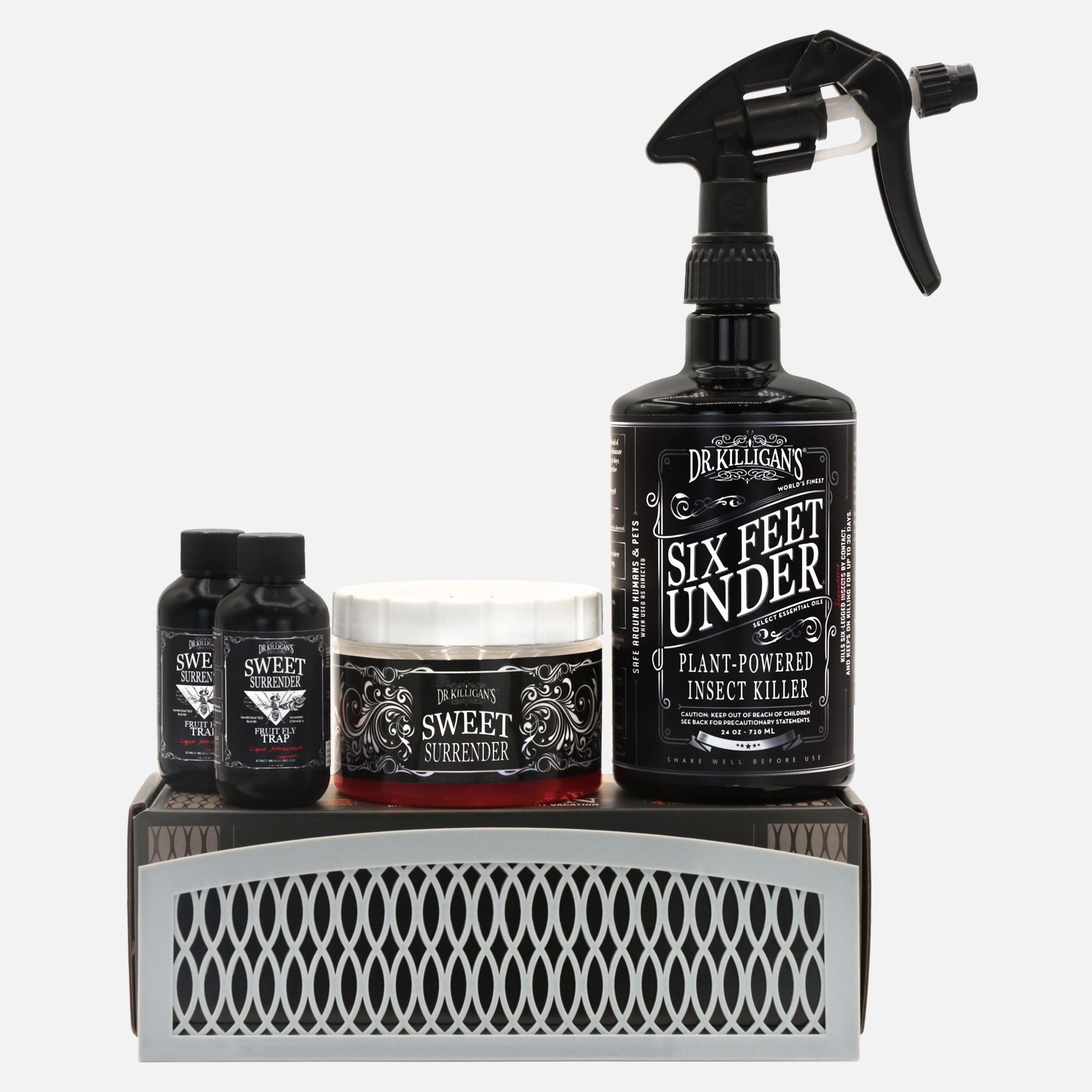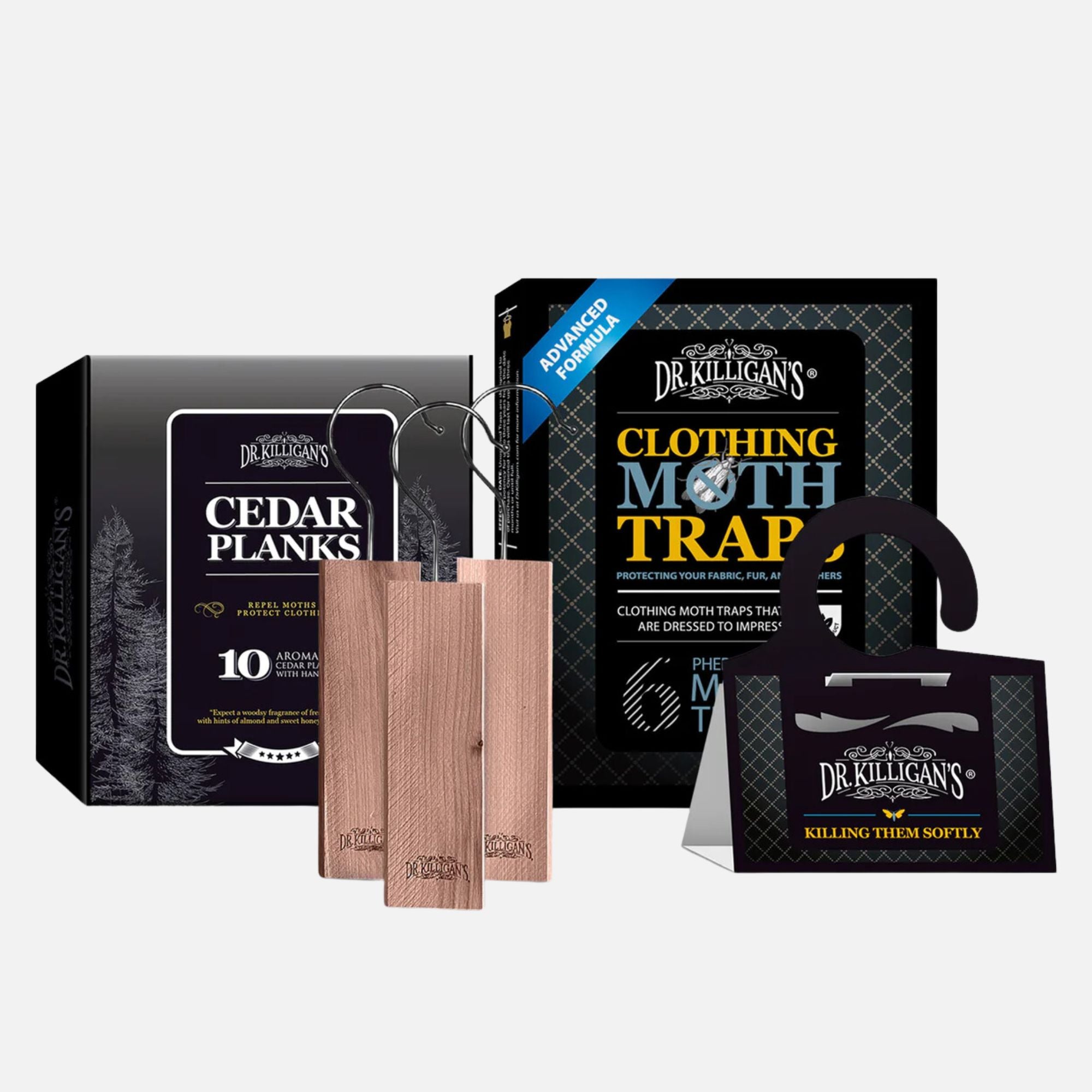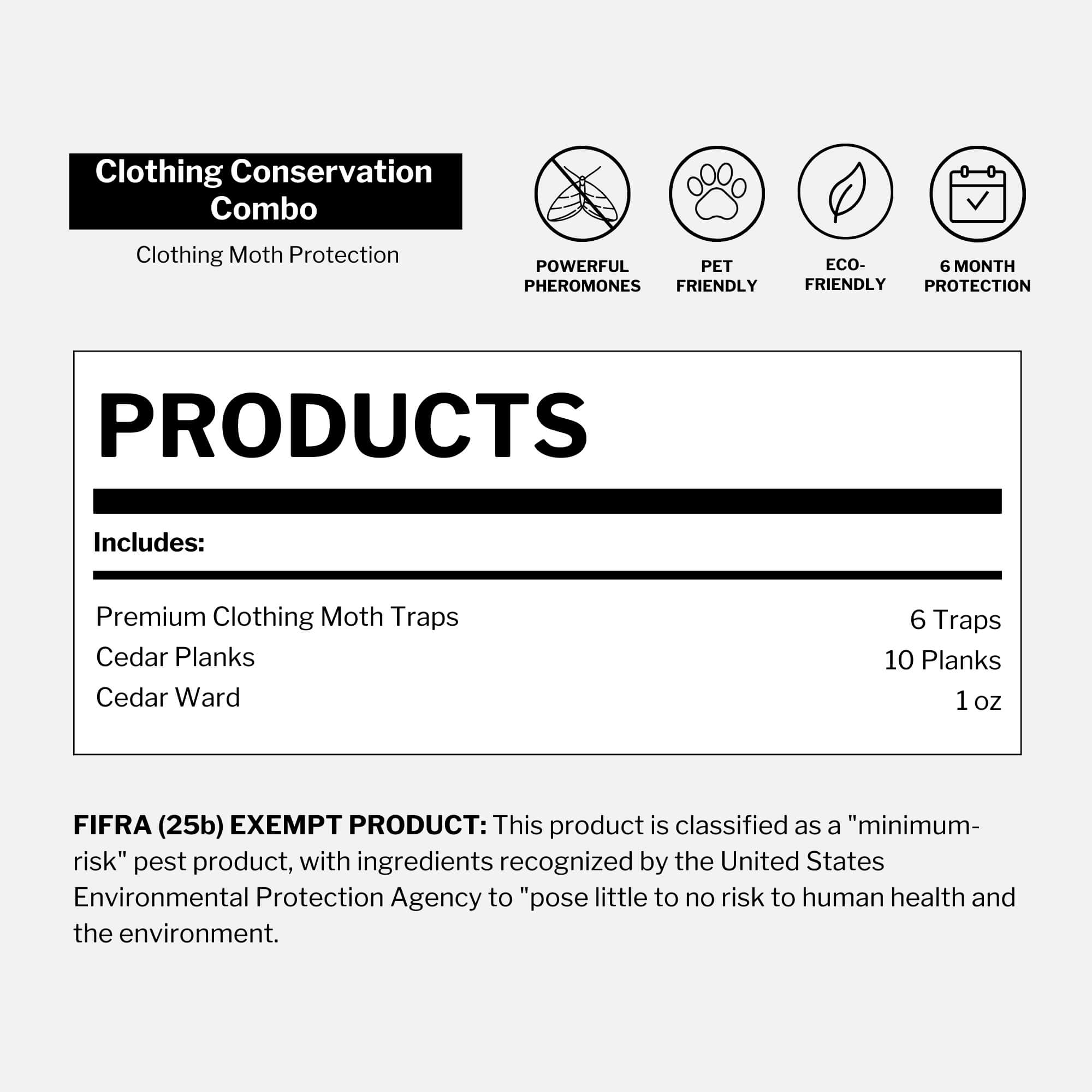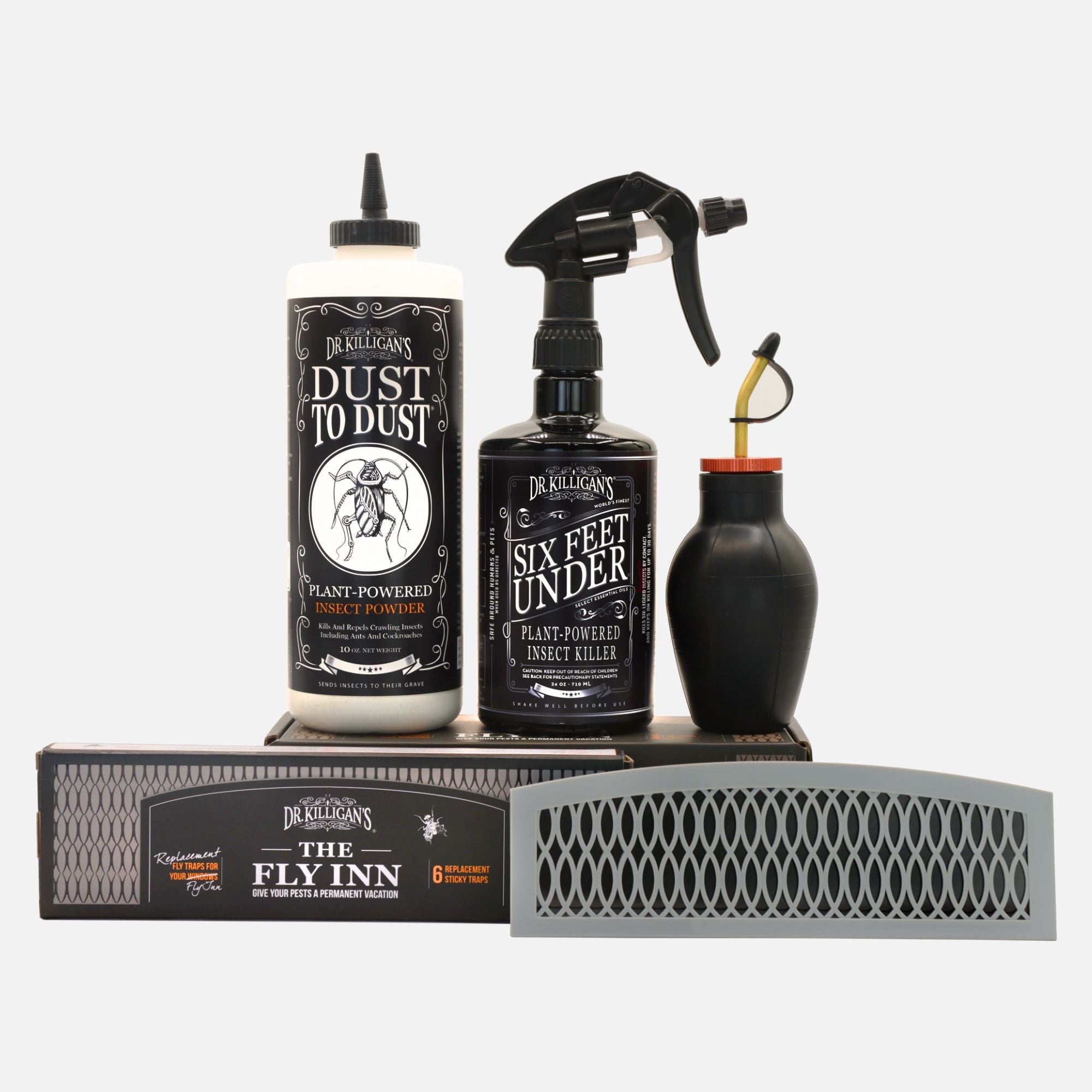In Roald Dahl's George’s Marvelous Medicine, the grandma in the story proclaims that a "big fat earwig is very tasty."
"But you’ve got to be very quick, my dear, when you put one of those in your mouth," adds the grandmother. "It has a pair of sharp nippers on its back end and if it grabs your tongue with those, it never lets go. So you’ve got to bite the earwig first, chop chop, before it bites you."
I would not recommend that anyone eat an earwig, let alone encourage a child to do so. I wouldn't dare entice a small one with such a fearful tale, afraid that he or she would go on to believe that not only are earwigs edible, but that—if not eaten quickly—their pinchers can grab ahold of your tongue. Yet, I also find this script enticing, exciting and imagination-provoking. It causes me to wonder about the life of earwigs, what their existence is all about, and what those darn pinchers (that apparently never let go) are really used for. Does it not cause you to also wonder?
Are earwigs and pincher bugs the same?
While Earwigs and pincher bugs are one in the same, the name "pincher bug" seems to me vastly more appealing than "earwig," as the former doesn’t conjure up images of a creature laying eggs near someone’s brain.
"Pincher bug," though, is just a nickname for an earwig. Earwigs do have quite the intimidating-looking pinchers, which protrude at the end of their flexible abdomen. These frightening forceps are not just appendages, but are developed and workable for multiple uses. These forceps—

- Fend off an attacking predator (trying to have the earwig as a crunchy treat).
- Catch prey.
- Play a role in the mating ritual of males and females. (I’ll spare you the details.)
Pocket Fact: If you look at the pinchers, you can identify the gender of the earwig. A male will have two distinct curved pinchers while a female has two more narrow straight pinchers.
Why are earwigs called earwigs?
The next question that may come to mind is “why would earwigs be called earwigs”?
The insect’s name comes from the Old English words ear wicga. "Ear wicga" generally translates to “ear wiggler” or “ear creature,” which dates this superstition back even further than I had imagined, to well over a thousand years ago. This belief was prevalent worldwide. In Danish, Swedish, Medieval Dutch, Medieval Latin, and Medieval French languages, the names for earwig refer to the ear. So, perhaps, once upon a time, it did crawl into someone’s ear while they slept, though it has never been scientifically proven.
Do earwigs like to crawl into your ears?
Do earwigs actually crawl into people’s ears or is this just a silly superstition? Though it would make for a great, though rather disturbing, story, earwigs do not actually crawl into people’s ears. In fact, they don’t really want to have anything to do with either you or me.
Can earwigs fly?
Earwigs have wings and they are usable, but the looming question remains: "Are they used"? An earwig occasionally uses its wings, but it is a rare occurrence to see an earwig in flight.
Earwigs are not good fliers. The European earwig may use its wings in short bursts: to fly-hop small distances, break falls, or escape danger. But, the wings are not used to traverse long distances.
Are earwigs dangerous; do they bite?

They may be a nuisance, but they are not dangerous, nor aggressive. Earwigs—
- Are not poisonous.
- Do not transmit diseases.
- Can not inflict significant structural damage.
- Their pinches (if you were to get pinched) do not carry venom.
Earwigs can bite, but it’s quite the infrequent affair. If an earwig were to feel threatened, it’s most likely to pinch you with its pinchers. The pinchers won’t harm you, but can leave behind a (temporary) small welt.
What do earwigs do?
Earwigs are nocturnal creatures, enjoying sleep during the day and eating at night. They spend their lives searching for congenial environments. They’re fairly anti-social, neither having a queen or belonging to a colony. Because of their antisocial behavior, an earwig infestation, unlike that of many other bugs, is rare.
What do earwigs eat?
Perhaps a better question would be, “What don’t earwigs eat”? Earwigs, known as environmental janitors, are omnivorous foragers, feasting on a wide variety of dead and decaying plants and insects such as sowbugs, mites and aphids—when they’re available. When these materials are not available, they’ll happily eat living plants and vegetation, including grasses, flowers, berries, shrubs and moss.
If found inside of your home, they are attracted to the food smells that are oily, greasy, and sweet. Make sure you’ve put those cookie in an airtight tupperware.
Why do I have earwigs in my house?
Most earwigs are attracted to bright lights, even though they are nocturnal insects. This makes places such as patios and porches where night lights shine brightest a common place to find them. It also gives them easy acces to entering your home. Implementing moisture-rich environments that are dark and humid, thus making your basement, crawl space, or kitchen or bathroom sink a common location for earwigs to reside in. Consider using dehumidifiers.
They are most likely to invade your home during harsh weather conditions, whether this be extreme heat or cold. Know how to protect your home from insects in all seasons.
How do I get rid of earwigs?

The bottom of a shoe kills an earwig. If you’re not interested in squishing one and having its tiny remains on your newly tiled kitchen floor, I recommend Six Feet Under Non-Toxic Insect Spray. When used as directed, Six Feet Under is one of our safe and effective pest control solutions. This kill-on-contact spray is expertly crafted with a proprietary blend of select essential oils to eliminate a plethora of bugs in your home, including earwigs.
If you’re finding several earwigs in your home, you may have moisture-rich potted plants that they are living in (and laying their eggs in). I recommend unpotting any suspecting plants, removing the earwigs and eggs from the roots, and repotting these plants.
You may also need to fill in any cracks and crevices, repair leaky pipes or drains, and clean out your gutters and drainpipes. Remember that earwigs are attracted to moisture.
If you find that you have cracks and crevices in and around your home, use the Insect Buster to disperse Dust to Dust, a superb alternative to food-grade diatomaceous earth, in these locations. Dust to Dust is a safer and more effective non-toxic powder alternative to diatomaceous earth for insect control. It is proven to have kill times up to 50% faster than diatomaceous earth.



